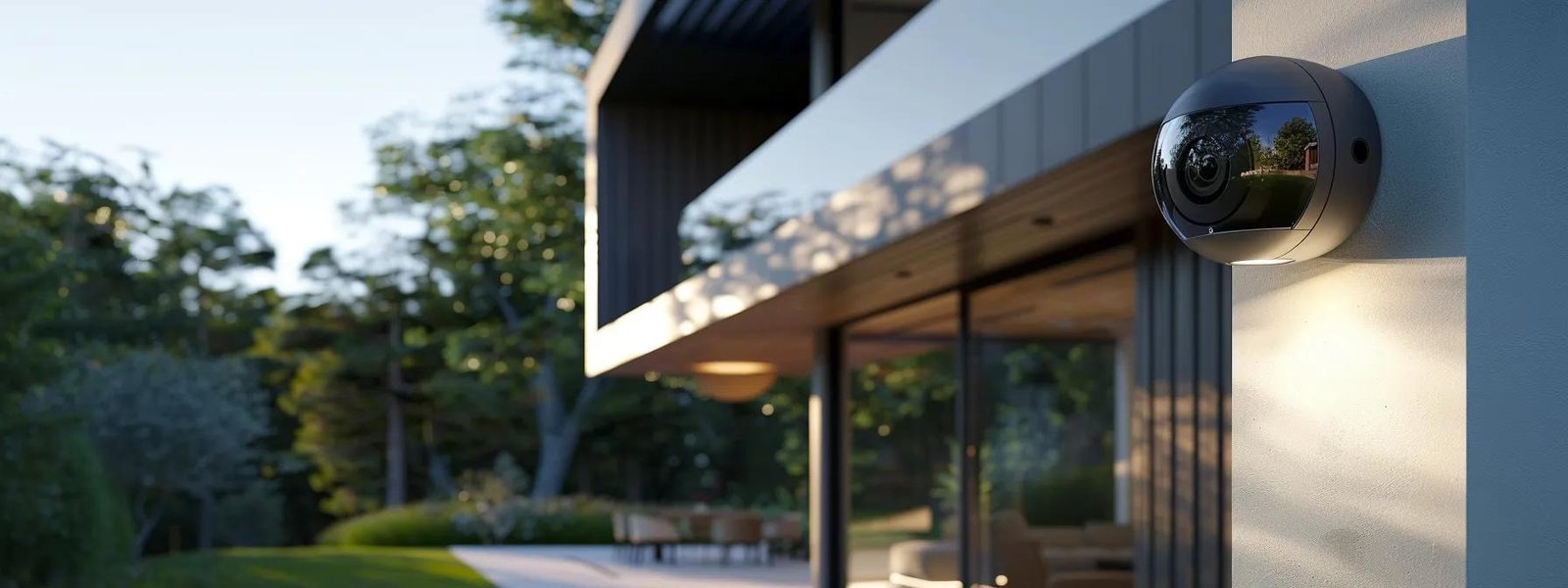
Choosing between a wired or wireless security system can be challenging for homeowners. With the rise of wireless technology, many wonder if they should stick with traditional wired cameras or make the switch. This guide will explore the differences between wired and wireless security cameras, including their installation requirements and reliability. By understanding these options, readers will learn how to minimize downtime and ensure effective electrical diagnostics for their home security needs. This content aims to help homeowners make an informed decision that best suits their safety and connectivity requirements.
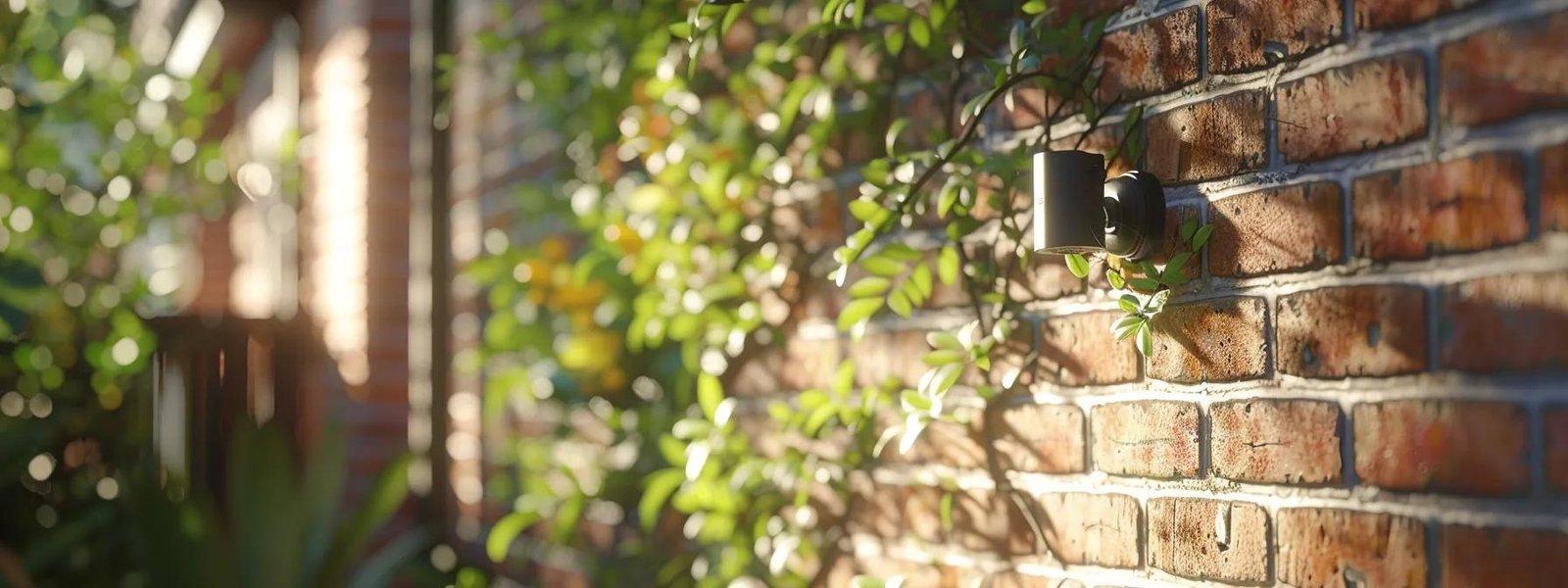
Wired security cameras operate through a direct connection to a power supply and a digital video recorder, ensuring reliable performance without the risk of wireless interference. The benefits of wired cameras include consistent video quality and a secure backup for recorded footage. However, limitations such as installation complexity and electrical diagnostics, as well as reduced flexibility in camera placement, should also be considered. The following sections will delve deeper into these aspects, providing practical insights for homeowners.
Wired security systems operate by connecting cameras directly to a power source and a digital video recorder (DVR), which ensures a stable and reliable performance. This setup allows for high image resolution, providing clear video footage that is crucial for monitoring home security. Unlike wireless home security options, wired systems do not face interference issues, making them a dependable choice for homeowners who prioritize consistent performance, especially when integrating features like doorbell cameras that require a steady connection.
Wired security cameras offer several advantages that make them a strong choice for outdoor home security. One key benefit is their ability to provide consistent video quality without relying on a wireless network, which can be affected by interference from other devices or obstacles. This reliability ensures that homeowners can maintain a clear field of view, capturing important details without disruption. Additionally, wired systems do not require internet access for basic functionality, making them a secure option for those concerned about potential hacking risks associated with wireless cameras.
Wired security camera setups come with certain limitations that homeowners should consider. One significant drawback is the complexity of installation, which often requires professional assistance to ensure proper placement and connection. This can lead to higher upfront costs compared to wireless systems. Additionally, wired cameras may lack the flexibility of placement, as they need to be connected to a power source and a digital video recorder, limiting options for surveillance in hard-to-reach areas. Furthermore, while wired systems provide excellent video quality, they may not integrate seamlessly with home automation features or mobile apps, which can hinder the effectiveness of motion detection alerts and remote monitoring.
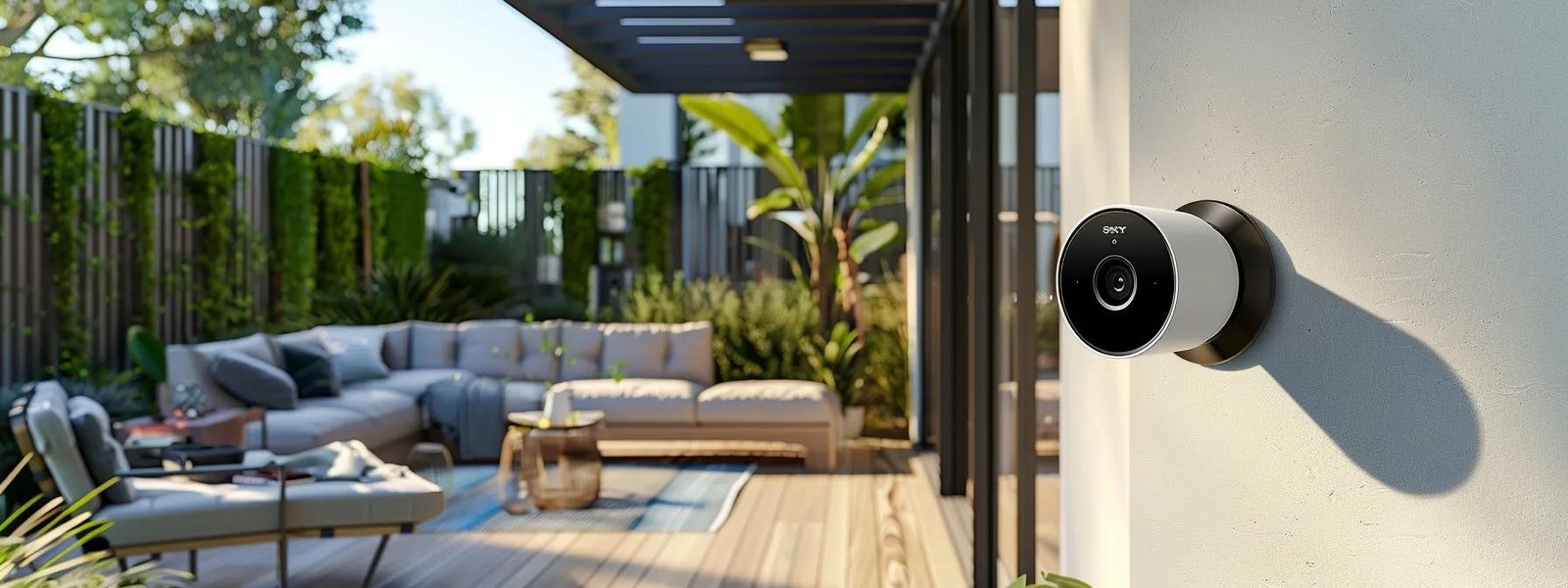
Wireless security systems operate by transmitting video footage over Wi-Fi, eliminating the need for physical cables. These systems offer advantages such as easier installation and flexibility in camera placement. However, challenges like reliance on internet connectivity and potential vulnerabilities to hacking, including the importance of encryption, must be considered. This section will explore how wireless cameras work, their benefits, and the challenges homeowners may face.
Wireless security cameras operate by transmitting video footage over Wi-Fi, eliminating the need for a physical power cord. This technology allows for greater flexibility in camera placement, making it easier to monitor various areas of a home without the constraints of wired security systems. However, homeowners should be aware that wireless cameras rely on bandwidth, which can affect video quality, especially in systems that utilize night vision features. Understanding these dynamics is essential when comparing wired vs wireless security camera systems to ensure optimal performance and security.
Wireless security systems offer significant advantages for homeowners looking to enhance their home security. One of the primary benefits is the ease of installation, as these systems do not require extensive wiring or a digital video recorder connection, allowing for quick setup and flexibility in camera placement. Homeowners can position cameras in various locations without the constraints of wires, making it simpler to monitor hard-to-reach areas. Additionally, wireless access points enable seamless connectivity, ensuring that video feeds remain stable and accessible, which is crucial when comparing wired vs wireless security systems.
Wireless security cameras present several challenges that homeowners should consider when evaluating their home security system. One significant issue is the reliance on Wi-Fi connectivity, which can lead to interruptions in video feed quality, especially in areas with weak signals. Additionally, while cloud storage offers convenience for accessing footage, it may also expose users to potential hacking risks, making it essential to implement strong security measures. For those seeking a more stable connection, power over Ethernet (PoE) can be a viable alternative, combining the benefits of wired systems with the flexibility of wireless setups.
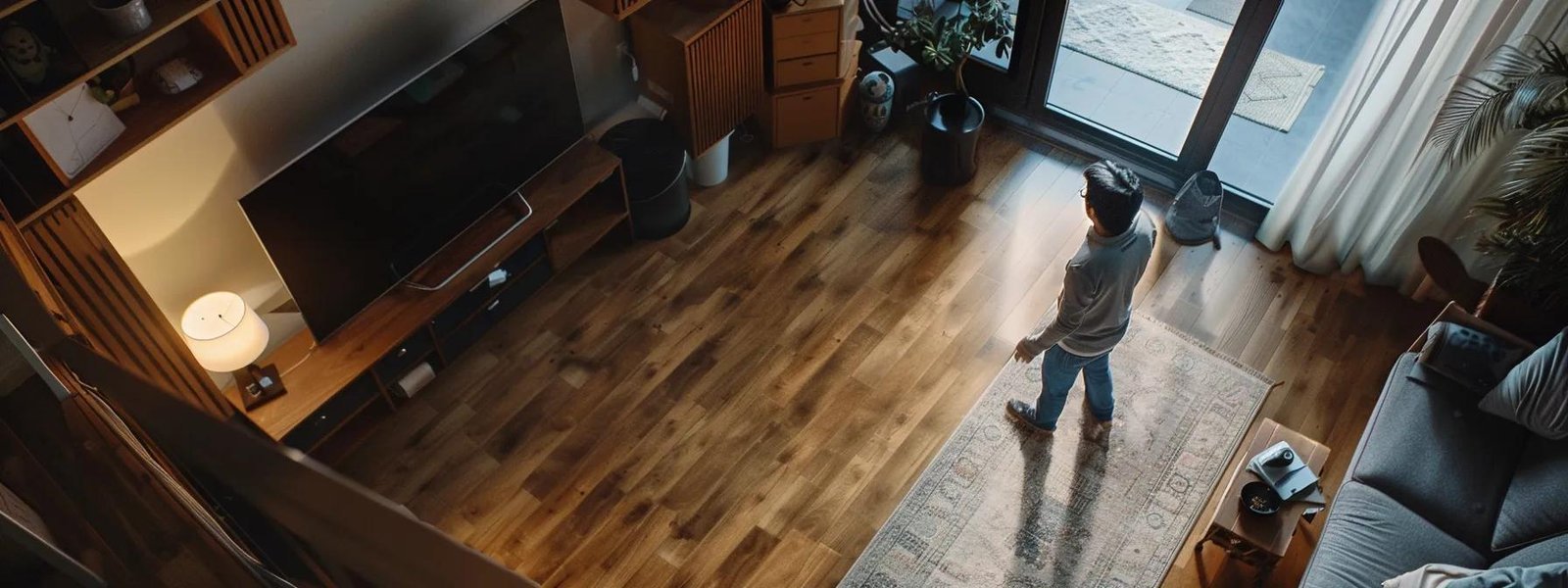
When comparing wired and wireless security cameras, several key factors come into play. The installation processes differ significantly, with wired systems often requiring professional help, while wireless setups can be more straightforward. Reliability and connectivity are crucial, as wired systems provide stable connections, whereas wireless cameras depend on a wireless router. Image quality and performance vary, with wired systems typically offering superior clarity. Lastly, security and privacy concerns are paramount, especially regarding the vulnerabilities of wireless systems and the use of rechargeable batteries. Each of these aspects will be explored in detail to help homeowners make informed decisions about their home security systems wired vs wireless.
The installation processes for wired and wireless security cameras differ significantly, impacting the overall setup experience for homeowners. Wired systems typically require professional installation due to the need for running cables and connecting to a digital video recorder, which can be time-consuming and may involve additional costs. In contrast, wireless cameras offer a more straightforward installation, often allowing homeowners to set them up quickly without extensive wiring, making them a more flexible option. For those considering solar power solutions, wireless cameras can be particularly advantageous, as they can be placed in remote areas without the need for electrical outlets, enhancing surveillance options while maintaining energy efficiency.
When evaluating reliability and connectivity in security cameras, wired systems generally outperform their wireless counterparts. Wired cameras provide a stable connection that is less susceptible to interruptions, ensuring consistent video quality and performance. In contrast, wireless cameras depend on Wi-Fi signals, which can be affected by distance from the router or physical obstructions, potentially leading to gaps in surveillance coverage.
When evaluating image quality and performance, wired security cameras typically offer superior clarity compared to their wireless counterparts. This is due to their direct connection to a power source and a digital video recorder, which ensures stable video transmission without interference. In contrast, wireless cameras may experience fluctuations in video quality, particularly in areas with weak Wi-Fi signals, potentially compromising the effectiveness of home surveillance.
Security and privacy concerns are critical factors when choosing between wired and wireless security cameras. Wired systems generally offer enhanced security, as they are less susceptible to hacking due to their direct connections. In contrast, wireless cameras can be vulnerable to cyber threats, especially if not properly secured with strong passwords and encryption. Homeowners must weigh these risks carefully, considering their specific security needs and the potential implications of a compromised system.
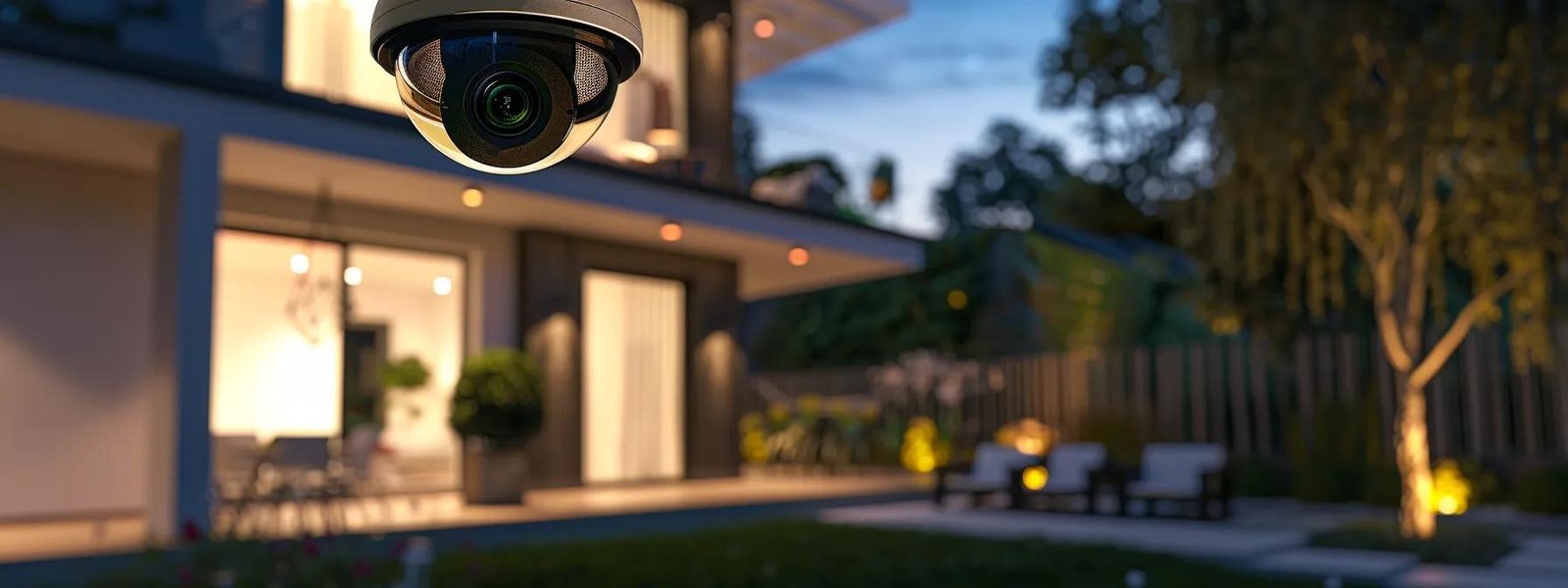
When selecting a security camera, homeowners should assess their specific security requirements, budget, and cost considerations. Location and environmental factors also play a crucial role in determining the best system. Additionally, future scalability and upgrades are important to ensure the chosen solution can adapt to evolving needs. Each of these aspects will be explored in detail to guide informed decision-making.
When assessing security requirements, homeowners should consider the specific areas they want to monitor and the level of detail needed in the footage. For instance, high-traffic areas may benefit from wired cameras that provide consistent video quality, while less critical spots might be suitable for wireless options that offer flexibility in placement. Understanding these needs helps in selecting the right type of security camera, ensuring effective surveillance tailored to individual circumstances:
When considering budget and cost for security cameras, homeowners should evaluate both initial investment and long-term expenses. Wired systems often require professional installation, which can increase upfront costs, while wireless options typically allow for easier DIY setups, potentially saving money. However, ongoing costs such as cloud storage for wireless cameras should also be factored in, as these can add up over time, making it essential to assess the total cost of ownership for both wired and wireless security solutions.
When selecting a security camera, location and environmental factors play a crucial role in determining the most effective system. Homeowners should assess the specific areas they wish to monitor, considering elements such as lighting conditions, weather exposure, and potential obstructions. For instance, wired cameras may be more suitable for permanent installations in high-traffic areas, while wireless cameras offer flexibility for monitoring hard-to-reach spots or outdoor locations where running cables may be challenging:
When considering future scalability and upgrades for security cameras, homeowners should evaluate how easily a system can adapt to changing needs. Wired systems may require significant effort to expand, as adding new cameras often involves professional installation and additional wiring. In contrast, wireless systems typically allow for easier integration of new devices, enabling homeowners to enhance their security setup without extensive modifications. This flexibility is crucial for those who anticipate future upgrades or changes in their home security requirements:

Choosing the right security camera system depends on specific needs and circumstances. Wired cameras are ideal for permanent installations in high-traffic areas, ensuring consistent video quality. Wireless cameras offer flexibility for monitoring hard-to-reach spots, making them suitable for various locations. Additionally, combining both systems can enhance overall security, providing comprehensive coverage tailored to a homeowner’s unique requirements.
Wired cameras are an excellent choice for homeowners seeking reliable and consistent video quality in high-traffic areas. These systems are particularly beneficial for locations that require permanent installations, such as entry points or driveways, where uninterrupted surveillance is crucial. By opting for wired security cameras, homeowners can ensure stable performance without the risk of wireless interference, making them a dependable solution for comprehensive home security:
Wireless cameras are particularly suitable for homeowners looking to monitor hard-to-reach areas or locations where running cables is impractical. For instance, outdoor spaces like gardens or detached garages benefit from the flexibility of wireless systems, allowing for easy repositioning as needs change. Additionally, wireless cameras can be ideal for renters or those in temporary living situations, as they offer a straightforward installation process without the commitment of permanent wiring.
Combining both wired and wireless security cameras can significantly enhance a homeowner’s security setup. By strategically placing wired cameras in high-traffic areas for consistent video quality and using wireless cameras in hard-to-reach spots, homeowners can achieve comprehensive coverage. This hybrid approach not only maximizes the strengths of each system but also provides flexibility and adaptability, ensuring that all areas of the property are monitored effectively.

Evaluating options for security cameras involves understanding the unique needs of a home. This section will provide tips for selecting the optimal camera system, considering factors like installation, reliability, and image quality. After making a decision, homeowners will find guidance on the next steps to ensure effective implementation of their chosen security solution.
When evaluating options for security cameras, homeowners should consider their specific needs, such as the areas they want to monitor and the level of detail required in the footage. For instance, high-traffic zones may benefit from wired cameras that provide consistent video quality, while less critical areas could be suitable for wireless options that offer flexibility in placement. By understanding these factors, homeowners can make informed decisions that align with their security requirements and ensure effective surveillance throughout their property.
When selecting the optimal camera system, homeowners should first assess their specific security needs, including the areas they wish to monitor and the level of detail required in the footage. For instance, high-traffic zones may benefit from wired cameras that provide consistent video quality, while less critical areas could be suitable for wireless options that offer flexibility in placement. Additionally, considering factors such as installation complexity, budget, and future scalability will help ensure that the chosen system effectively meets their security requirements.
After selecting the appropriate security camera system, homeowners should focus on the installation process to ensure optimal performance. For wired systems, it may be beneficial to hire a professional to handle the complexities of installation, while wireless systems often allow for a straightforward DIY setup. Additionally, homeowners should familiarize themselves with the camera’s features and settings, ensuring they maximize the system’s capabilities for effective monitoring and security.
Choosing between wired and wireless security cameras is crucial for homeowners aiming to enhance their home security. Wired systems offer reliable performance and consistent video quality, making them ideal for high-traffic areas, while wireless options provide flexibility and ease of installation for hard-to-reach spots. Understanding the strengths and limitations of each type empowers homeowners to make informed decisions tailored to their specific needs. Ultimately, a well-considered choice between wired and wireless solutions can significantly improve the safety and security of any home.


